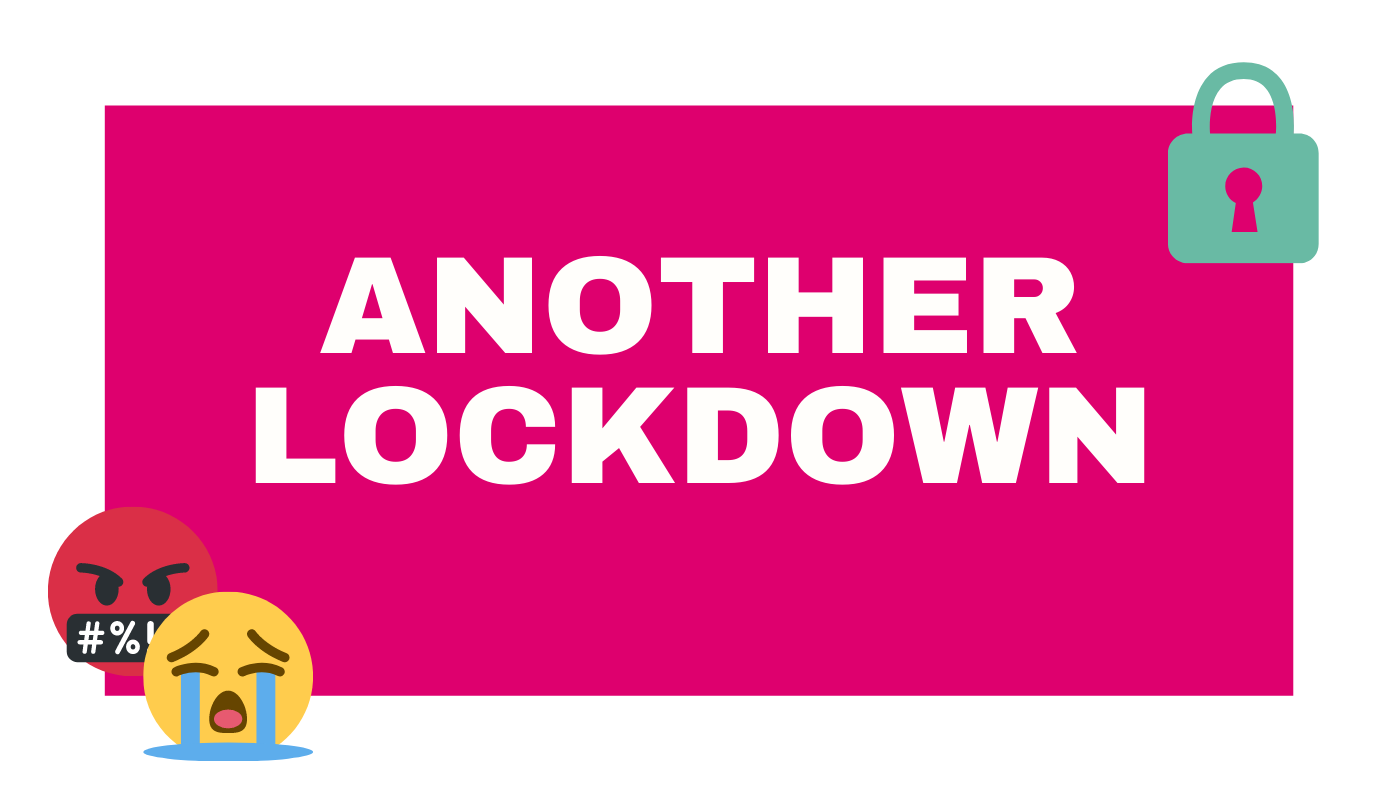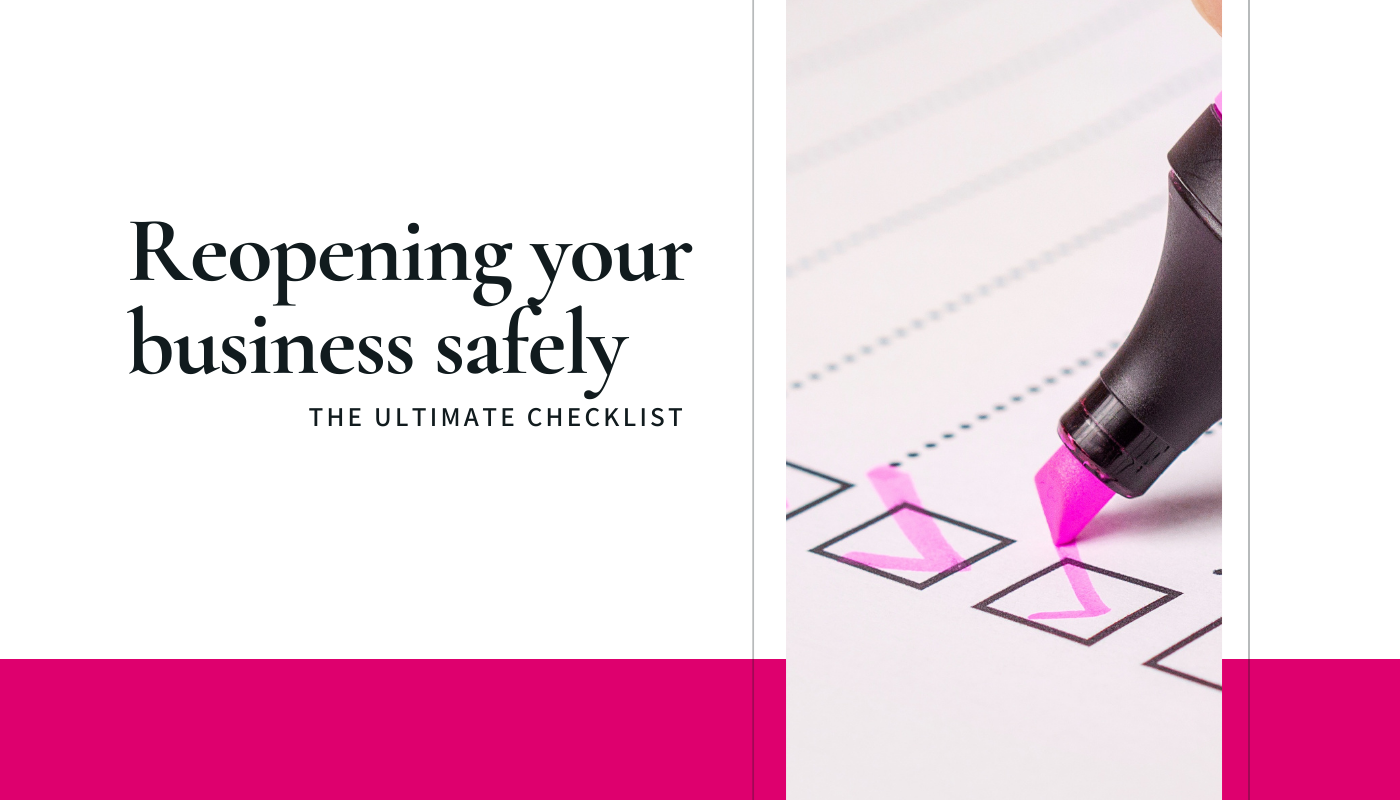Yesterday the English government formally announced it’s 4 steps out of lockdown and all social distancing restrictions. The welsh and scottish governments will follow a largely similar timescale.
The good news is that there is FINALLY an end in sight to the restrictions on trade and movement. However, COVID-19 is now with us permanently, and the government is preparing its long-term plans for ongoing treatment – just like it does for flu each year. The government has already announced a revaccination programme to run in autumn or winter 2021.
This email goes through the key lifting of restrictions. However economic support for businesses adversely affected by restrictions on trade will not be announced until the budget on 3rd March.
The 4 tests
Before lifting any restrictions, the government will apply 4 tests:
- The vaccine deployment programme continues successfully.
- Evidence shows vaccines are sufficiently effective in reducing hospitalisations and deaths in those vaccinated.
- Infection rates do not risk a surge in hospitalisations which would put unsustainable pressure on the NHS.
- Our assessment of the risks is not fundamentally changed by new Variants of Concern.
The stages out of lockdown
8th March: Step 1A
On the 8th March, schools and colleges will reopen. Up to 30 people will be allowed to attend a funeral and up to 6 for a wedding or a wake. People are allowed to leave their homes for recreation as well as exercise outdoors. But otherwise, the same restrictions are in place to what we have now. Schools are allowed after school sporting activity.
29th March: Step 1B
At the earliest, on the 29th March, 2 households or up to 6 people will be allowed to mix outdoors. Parent and child groups, with up to 15 parents, will also be allowed to meet outside. No household mixing indoors will be allowed. But outdoor sport and leisure facilities will be allowed to open, which also means organised outdoor sport for children and adults will be allowed. At this stage the government is still advising to minimise travel and there is still a ban in place on holidays.
12th April: Step 2
No earlier than the 12th April, we will be allowed to stay overnight outside our own home. But more importantly, non-essential retail, hairdressers/salons/close contact services, outdoor hospitality, plus self-contained holiday accommodation and outdoor attractions will be able to open. At this point, weddings, wakes and receptions can increase to 15 people. Event pilots will begin. There is still a ban on international travel for holidays. Whilst pubs and restaurants will be able to open for outdoor service (no curfew or requirement for a substantial meal to be served with alcohol), patrons will still be expected to order, eat and drink whilst seated.
17th May: Step 3
No earlier than the 17th May, all accommodation can open and international travel is planned to reopen. People can stay away overnight and there is a 30 person limit outdoors, with a rule of 6 or two households indoors. Organised indoor adult sport and indoor entertainment and attractions restart. 30 people can now attend weddings, wakes and funerals. Outdoor large events, with severely limited capacity can now restart.
21st June: Step 4
No earlier than 21st June, the government is hoping to remove all legal restrictions on social contact. So nightclubs can reopen, large events and gatherings can take place.
Economic support available to businesses
At the moment details are at best ‘hazy’. And the government has promised full details of the support available in the budget on 3rd March. However click here to see what we know so far.















